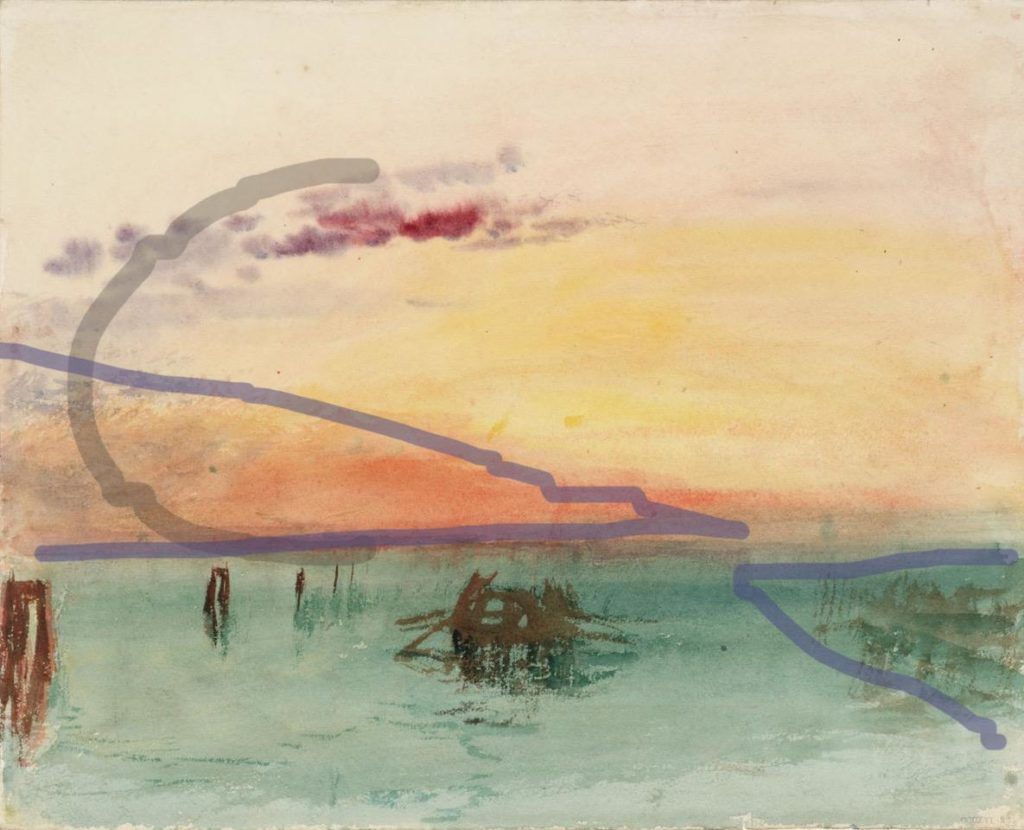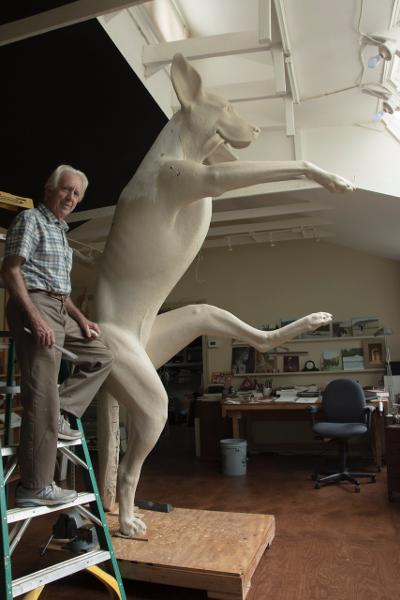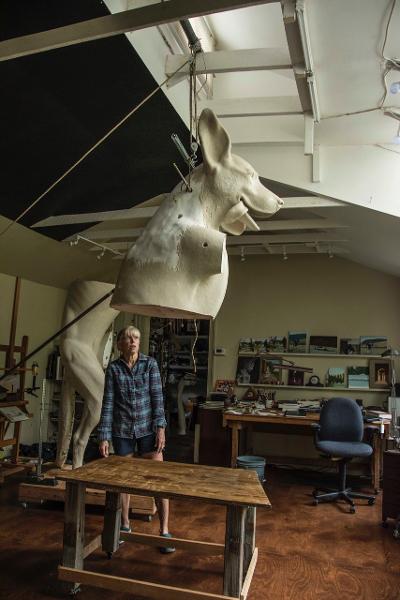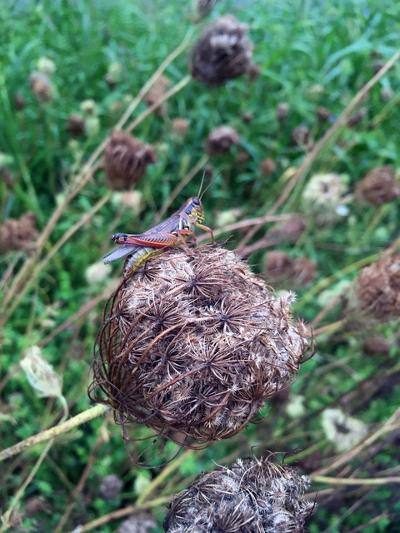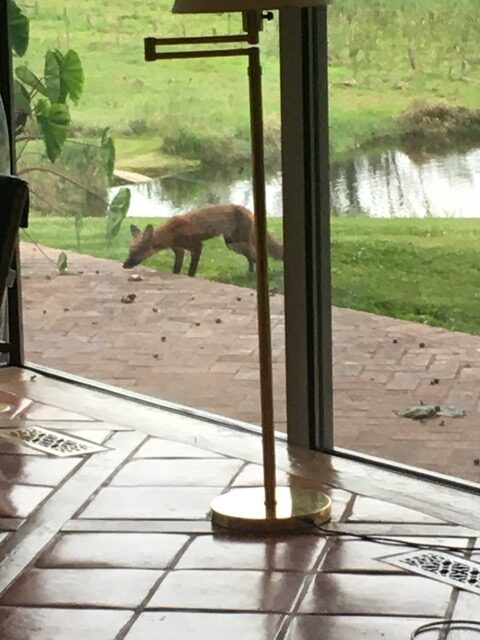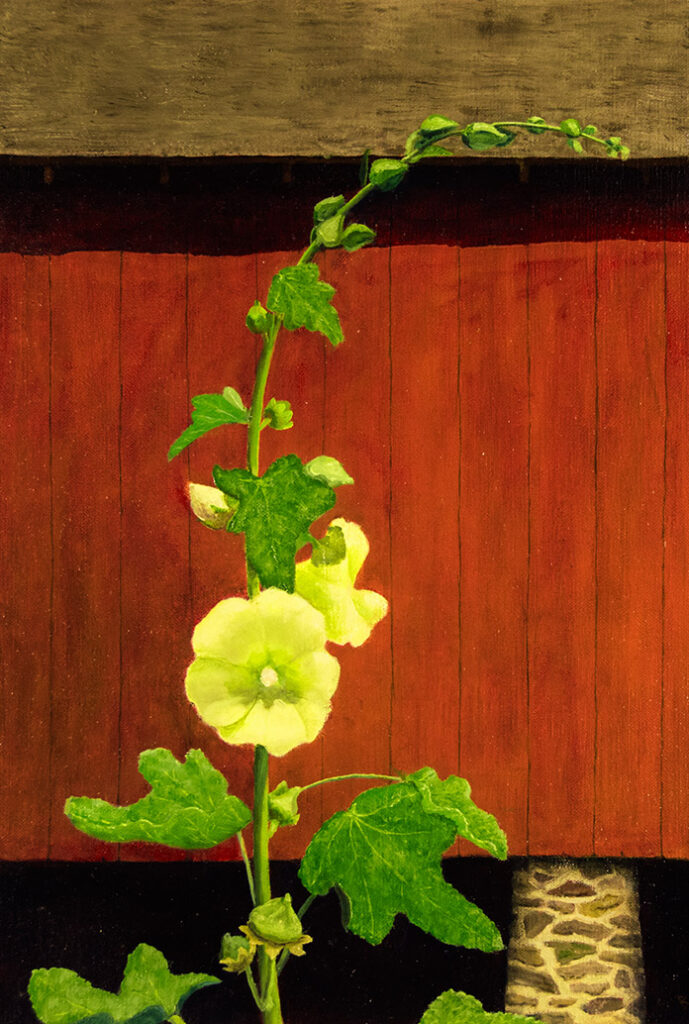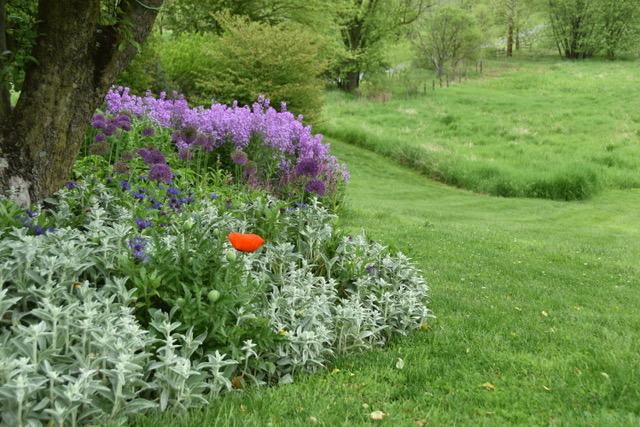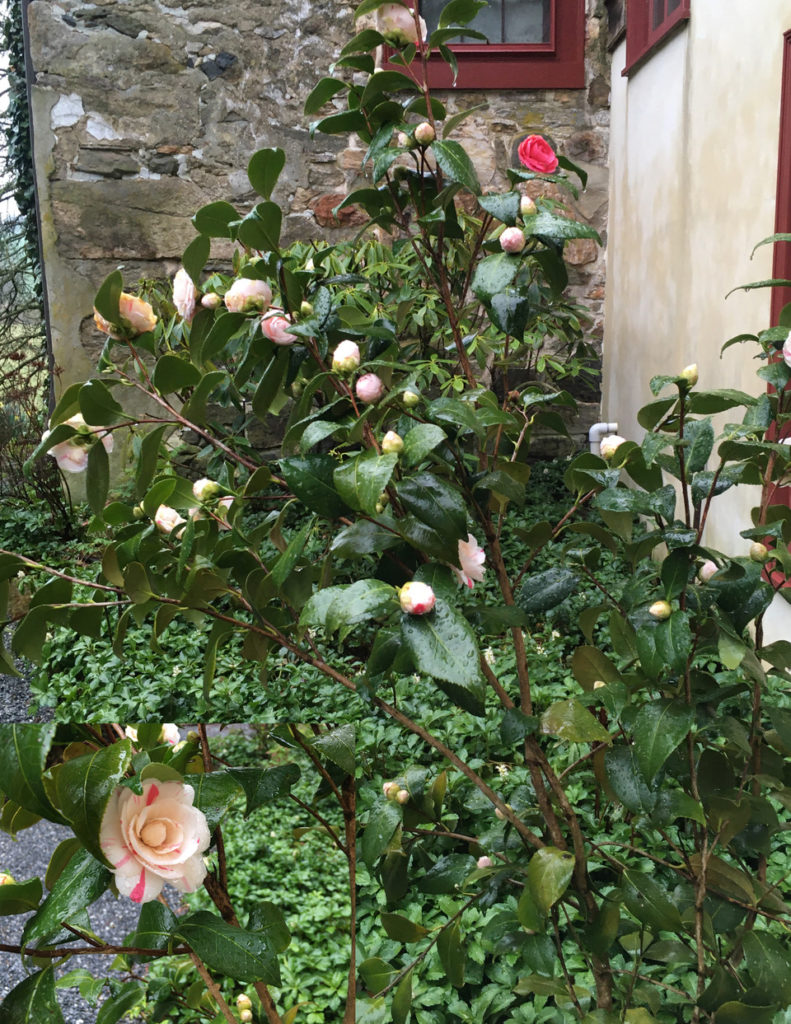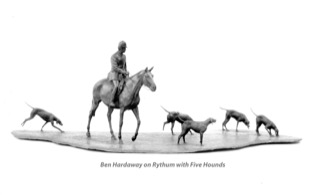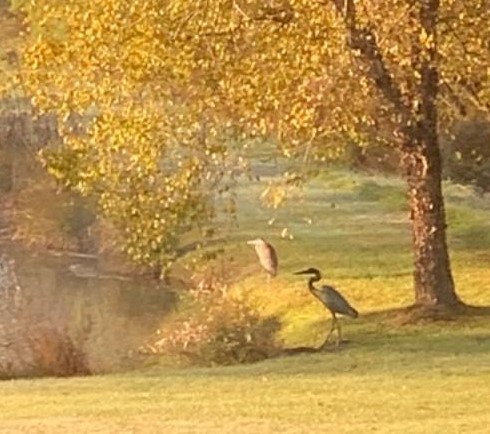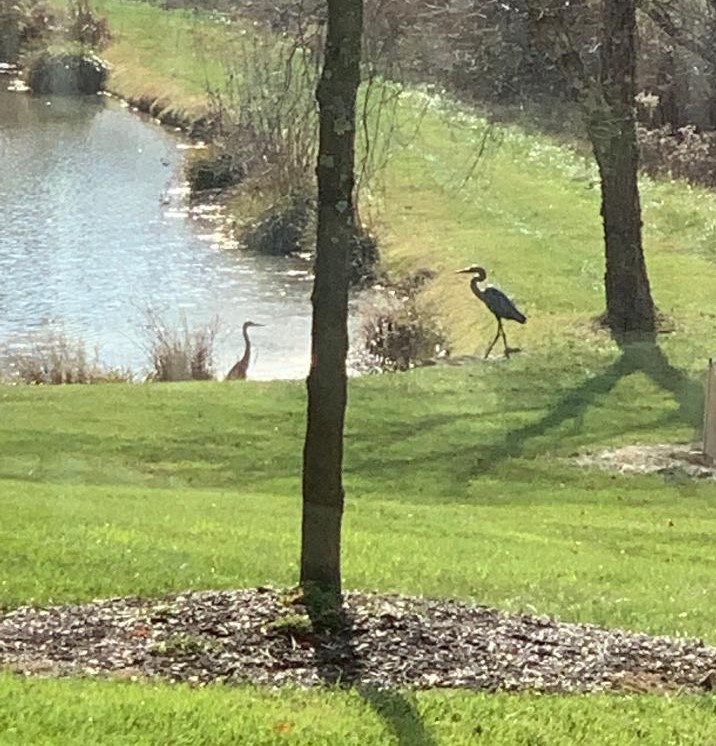
Venice: San Giorgio Maggiore – Early Morning,” 1819
At the Mystic Seaport Museum are some 90 of Turner’s watercolors from the Tate in London. Chronologically, the paintings run from the mid 1790’s to the 1840’s. Given the chronological span of the show, it seemed a great opportunity to see how his style evolved over the years.
While I didn’t see what I expected, I found this a rare chance to study Turner’s technique. The show starts in the mid 1790’s with very realistic watercolors which would be instantly recognizable as British, from the late 1700’s. Turner soon evolved into a looser style, painting mostly landscapes or seascapes. Once he hit his stride, he really didn’t change very much. In fact there two paintings 30 years apart which are virtually identical, except for their size. Throughout, he used only three colors – blue, red, yellow – and did not mix them, relying on tonality for strength.
Compositionally, he stuck with a limited number of formulas. Landscapes were mostly composed of tonal wedges used to create a sense of depth. A sprinkling of vertical masses, as in canyons or alleys, appeared occasionally. A sweeping half circle reminiscent of the letter C or its mirror image was used compositionally in both land and seascapes. *(See below.) Seascapes also made use of a horizontal composition. Whatever the composition, tonality was always a touch stone.
I should mention here an under-appreciated aspect of Turner – he derived a steady income as an illustrator. Only a few of his watercolor illustrations made the show. They have a strong connection compositionally and tonally with the larger paintings in the show. The difference in the illustrations is their size (book sized) and having some real, linear detail worked in. I was left wondering whether his work as an illustrator gave him such a commanding sense of tonality. Remember the adage – color gets the credit but tone does that work. Engraved illustrations were printed with the same black ink as the type in the book, so tonality was of the utmost importance.
Although I did not find the stylist progression I had expected, this extensive selection brought home both Turner’s mastery of tone and his limited, but strong use of color. The connection between the watercolors shown and the great canvases that spring to mind when we think of Turner is threefold – tonality, limited, but clear color, and thin washes of those colors.
